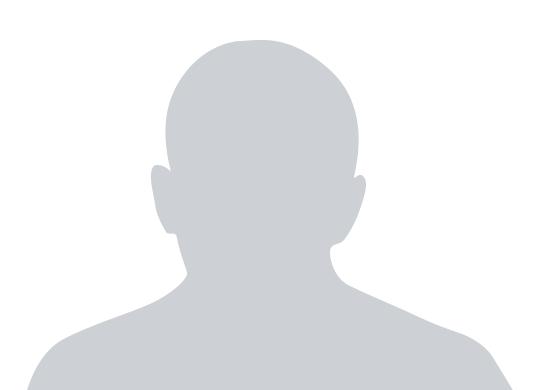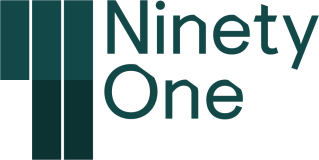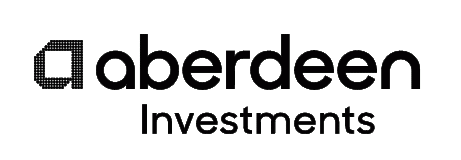Facial recognition technology is becoming an increasingly controversial tool in the fight against crime. Yet it also holds significant positive potential for other business sectors. Here Newton global equities portfolio manager Paul Markham considers the facial recognition debate and its potential applications.
The surveillance society is branching out. In the UK, what started as a close circuit TV (CCTV) revolution in the 1990s is increasingly embracing facial recognition technologies.
In theory, these services - which are used to identify known individuals against an existing computer database - can help the police and intelligence services pinpoint known criminals, apprehend potential offenders and prevent crime.
In practise their use has proved more problematic. Fears of a ‘Big Brother’ style society with constant TV monitoring of individuals have preoccupied civil liberty groups concerned with the blanket use of CCTV ever since its introduction.
In London alone there are now over 420,000 CCTV cameras installed - with various plans to upgrade these for facial recognition and other uses and introduce so-called smart cameras in more public and private spaces.
Street level
The creeping spread of surveillance technology has been broadly tolerated as a useful tool in combating terrorism and crime. For now, legal regulation of facial recognition systems remains fairly relaxed.
However, not everyone is happy. Pilot tests of facial recognition systems in the UK have so far yielded patchy results and courted controversy.
Number of CCTV cameras in selected cities

Source: Center for Technology Innovation at Brookings. 2017.
In one episode, more than 2,000 people in Cardiff were wrongly identified by police as potential criminals during the football Champions League final. Similarly, Metropolitan Police piloting the technology at London’s Notting Hill Carnival in 2017 mistakenly identified 102 people as potential suspects. No arrests were made.
In a landmark civil rights case, Ed Bridges, a British man who believes his image was captured without his permission while he was Christmas shopping in Wales, has also mounted a legal challenge against police use of facial recognition technology, believing it breaches human rights.
Surveillance and facial technologies are also causing concerns in the US. San Francisco legislators recently voted to ban the public use of facial recognition technology. Similar steps have been taken in Oakland and Somerville, Massachusetts amid a wider national debate over online privacy.
For Newton global equities portfolio manager Paul Markham there are some legitimate ethical concerns about certain uses of facial recognition technology. Nevertheless, he is optimistic more positive applications can found for this technology and believes it is area of rich potential for software and electronic component manufacturers.
”While there have been reports of potential abuses of facial recognition in some more authoritarian emerging market regimes, there are also some far more benign applications for this technology.
“Many airports are now widely using facial recognition to speed up passport checks and some smartphone apps employ similar technology which allow users to unlock their phones via their facial image.”
Retail potential
At a domestic level Markham points to some ingenious uses for facial recognition, such as video doorbells which can scan the image of callers and match them against visitors permitted access. At a retail consumer level he also sees rich potential for this technology in creating more targeted advertising.
“In the future, electronic advertising boards and pillars could include facial and mood recognition technology or gauge the age, broad socio-economic profile or even mood of people viewing them,” he says.
“Whether the viewer is a well-dressed woman or a scruffy teenage boy wearing a hoodie the display unit could change the adverts it shows to better suit the audience. This type of device could become a common feature of shopping malls in the future.”
The main beneficiaries of this technology, he believes, will be microchip and software manufacturers and data and internet service providers. However, he points out that facial recognition technology continues to face practical problems and potential glitches.
“The more images of a person that are gathered and stored the more accurate facial recognition systems identifying them in real life should be. That said, they are far from fool proof.
“Viewing an individual in profile can make them hard to identify and poor lighting and crowd shots can also limit the effectiveness of facial recognition systems.
“Although thermal recognition and other additional checks can help, 100% accuracy of identification with these systems is some way off. There have even been reports of identical twins using facial recognition systems to unlock each other’s smart phones.”
While Markham believes law abiding citizens have little to fear from CCTV and facial recognition technology, he also points out that while criminal detection technology may lead the way, hackers, criminals and other disruptors are rarely far behind in developing techniques and technologies to neutralise them.
Markham points to the development of devices criminals can use to mask their faces from electronic identification. Examples of this include specially designed infra-red wired glasses.
US and Chinese scientists at the University of Shanghai have also developed an ‘identity stealing’ baseball cap they claim can fool facial recognition cameras into thinking the wearer is someone else.
Markham adds: “Facial recognition fooling technology is really just another iteration of the standard cat and mouse game played between security and hackers and criminals and the police. However fast technology moves, the ways of breaking it or hacking it are never far behind.”
Commenting on the likely future of facial recognition technology Markham says: “As the technology behind this improves we are likely to find more and more everyday uses for it. Despite some ethical concerns from civil liberties groups, governments will also probably continue to use and develop these systems, ostensibly for security purposes.
“Give the ongoing and broadly held concerns over terrorism and crime – and barring some serious backlash over the use of facial recognition systems- it is also doubtful any government would be willing to legislate in a way that would block their own ability to use it,” he concludes.
For Professional Clients only. Any views and opinions are those of the interviewee, unless otherwise noted. This is not investment research or a research recommendation for regulatory purposes.
For further information, visit the BNY Mellon Investment Management website.
1 Brookings. Number of CCTV cameras in 2017.
2 FT. Dragnet surveillance. 02 August 2019.
3 Guardian. Welsh police wrongly identify thousands as potential criminals. 05 May 2018.
4 BBC. Facial recognition: What is AFR? And why is it being challenged? 21 May 2019.
5 BBC. Police facial recognition surveillance court case starts. 21 May 2019.
6 Boston Globe. Somerville City Council passes facial recognition ban. 27 June 2019.
7 Time. Could an ‘Evil Twin’ Trick Your iPhone’s Facial Recognition? 13 September 2017.
8 Daily Mail. The identity-stealing baseball cap that uses infrared light to fool facial recognition cameras into thinking you're someone else. 21 March 2018.








